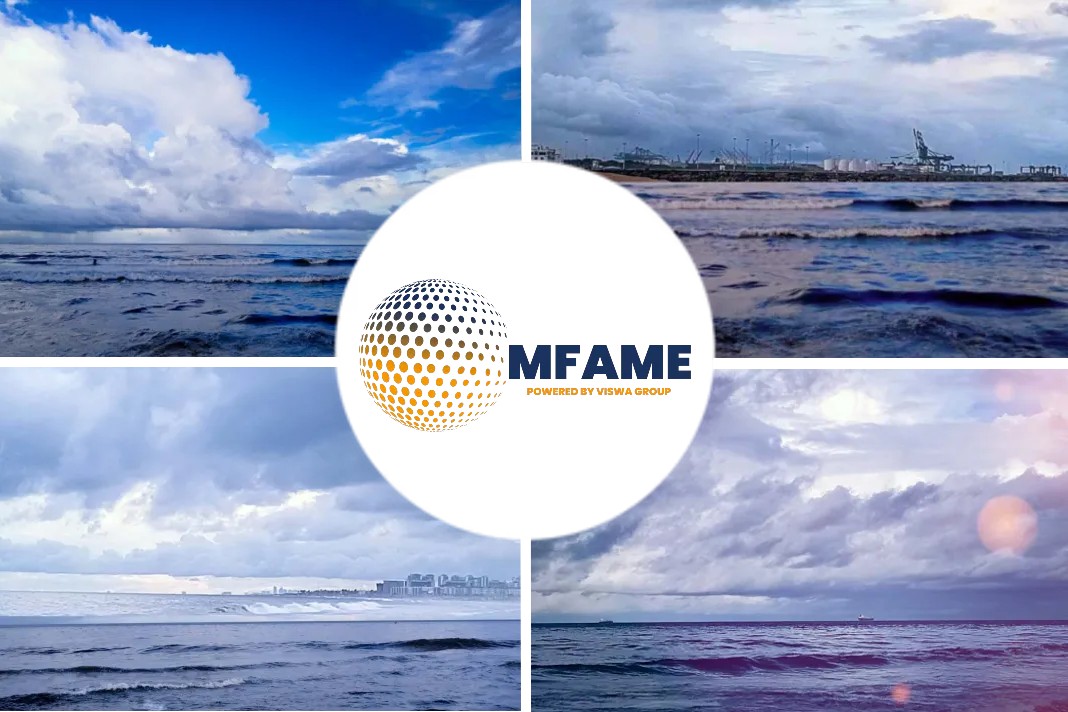Prior to any efficiency modifications, more than 75% of the fleet — bulkers, tankers and containerships — will not be compliant with the Energy Efficiency Existing Index (EEXI) that will enter into force in 2023, reports Offshore Energy quoting Joey Daly, Cargo Analyst at VesselsValue.
In 2021, the International Maritime Organization (IMO) adopted two new energy efficiency requirements — EEXI and Carbon Intensity Indicator (CII) as part of the global measures to reduce greenhouse gas (GHG) emissions from shipping.
The EEXI measures CO2 emissions per transport work, purely considering the ship’s design parameters. EEXI is the sister to Energy Efficiency Design Index (EEDI), which has been in force since 2013. These indexes measure the same in practice; however, EEDI is applied to new ships while EEXI applies retrospectively to existing vessels that may not have been built with sustainability and energy efficiency in mind.
VesselsValue’s prediction raises the question — what needs to be done to bring these vessels into line with the regulations?
As explained, the way a vessel will change to fit these regulations will depend on the difference between its attained and required EEDI/EEXI.
VesselsValue has divided non-compliant vessels into three groupings. These groupings are based on the difference between the attained and required index, as well as the efficacy of technological improvements.
The first of these groupings contains vessels that can be made compliant using energy-saving devices retrofitted to the main structure.
The second category contains vessels for which an engine power limitation procedure is the most likely option.
The third category includes those vessels that will struggle to remain compliant without drastically reducing speed and fuel consumption and may be the prime candidates for a one-way journey to the breaking yard.
Category 1
Category 1 vessels will need to be fitted with energy-saving technology to become compliant with IMO regulations. Fortunately, there is a plethora of innovative engineering solutions available to owners looking to improve efficiency, and a combination of these can reduce fuel consumption and improve energy efficiency.
ESDs can do this by improving different parts of the ship and altering the EEXI equation in different ways. One of the most obvious methods of improving a vessel’s EEXI is by reducing the main engine power required to maintain the same speed, commonly achieved by improvements in hydrodynamics and alterations to the propeller.
In this context, the technology solutions include propulsion improving devices, hull air lubrication systems and sails.
Category 2
For category 2 vessels, energy saving devices alone will not change the EEXI value by the desired amount.
These are vessels that require an engine power limitation (EPL), or a shaft power limitation (ShaPoLi). EPL is the general name given to a procedure that limits the maximum engine power achievable by a marine engine. ShaPoLi procedures limit the power transmitted by the shaft to the vessel’s propellers.
Limiting an engine’s maximum power will directly reduce its maximum continuous rating (MCR). MCR is a key component of the EEXI equation, and decreasing the value used in the equation will decrease the outputted EEXI value, making EPL a vital tool in limiting vessel emissions. Alongside the addition of ESDs, vessels can be made more efficient and compliant with EEXI regulation.
An EPL or ShaPoLi will reduce the range of speeds that a vessel can travel at, and most importantly, will likely reduce the ship’s operational speed. This means that less fuel efficient vessels could be forced by the regulation to ‘slow steam’. This is not only a vital consideration for the shipowner, but also for the world cargo fleet, which could experience an overall drop in average operational speed if a significant number of owners decide to implement EPLs/ShaPoLis.
A reduction in speeds will inevitably eat into owners’ profits and competitiveness, and they could quickly find themselves losing business to more efficient vessels unconstrained by slow steaming. If this is the case, questions about the viability of running the vessel will undoubtedly begin to be posed. So, whilst EPL and ShaPoLi can be the ideal solution for some vessels, they cannot drag the most inefficient vessels into compliance.
Category 3
For some vessels, the two options available will be operation outside regulations, emitting CO2 above maximum levels, and demolition.
In the former case, vessels would face loss of their International Energy Efficiency Certificate (IEEC), banks may refuse to finance or refinance vessels with design indices above a certain limit, and port authorities may impose penalties on non compliant vessels entering their waters.
If EEDI/EEXI is to be successful in aiding decarbonisation, the threshold at which it becomes unprofitable for a non-compliant vessel to operate commercially needs to be set low and in line with the EEXI calculation, VesselsValue said.
It will also require a concerted effort from the key players in the industry to introduce punitive measures. Wherever this threshold lies now, vessels on the wrong side will most likely find themselves as prime candidates for demolition.
In order to achieve global decarbonisation targets, switching to alternative fuels is the only sustainable, long-term option available. This transition can be enabled by newbuilds powered by ammonia, bioLNG and hydrogen, however the development of alternative fuel retrofitting technology will also be necessary for a switch that is stable and minimally disruptive.
As the 2023 deadline approaches, access to EEDI/EEXI calculations for an extensive range of cargo vessels is essential to monitor and analyse market fundamentals. The challenge of decarbonisation will extend to all areas of shipping, and EEXI alone will present a myriad of challenges to owners, operators and financiers.
Did you subscribe to our daily Newsletter?
It’s Free! Click here to Subscribe
Source: Offshore Energy
























